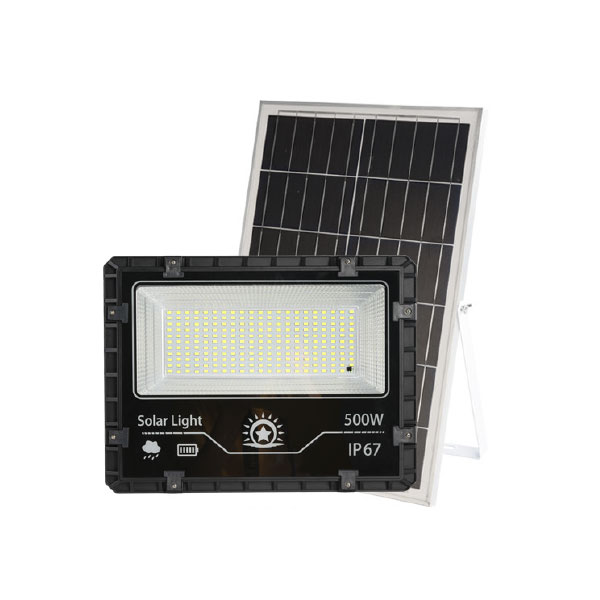The Importance of Street Lights in Modern Urban Life
2025-03-22
Street lights are an essential part of urban infrastructure, providing safety, visibility, and aesthetic appeal to streets, parks, and public spaces. As cities grow and technology advances, modern street lighting systems have evolved to become more energy-efficient and environmentally friendly. In this blog, we will explore the significance of street lights, their different types, and how advancements in lighting technology are shaping the future of urban illumination.
The Role of Street Lights in Urban Areas
Street lights play a crucial role in city planning and public safety. Their benefits extend beyond illumination, contributing to traffic management, crime prevention, and even economic development.
1. Enhancing Safety and Security
Proper lighting reduces the risk of accidents by improving visibility for drivers, cyclists, and pedestrians. It also helps deter crime by illuminating dark areas, making streets safer for residents and visitors. Well-lit public spaces create a sense of security, encouraging more outdoor activities even after sunset.
2. Improving Traffic Flow
Street lights help regulate traffic, especially in areas with high vehicle and pedestrian movement. They improve the visibility of road signs, crosswalks, and intersections, reducing the chances of collisions and guiding drivers safely.
3. Supporting Urban Aesthetics
Modern street lighting enhances the overall appearance of a city. Decorative street lights in parks, public squares, and historical areas contribute to the beauty and charm of urban environments. Thoughtfully designed lighting can highlight landmarks and improve the nighttime appeal of a city.
4. Boosting Economic Activity
Well-lit commercial and entertainment districts encourage people to shop, dine, and socialize at night. Businesses benefit from increased foot traffic, while cities gain economic advantages from a more vibrant nightlife.
Types of Street Lights
Street lights come in various designs and technologies to meet different urban and environmental needs.
1. Traditional High-Pressure Sodium (HPS) Lights
HPS lights have been widely used for decades due to their long lifespan and brightness. However, they consume more energy and produce a yellowish glow, which may not provide the best visibility.
2. LED Street Lights
Light-emitting diode (LED) street lights have become the preferred choice for many cities. They are highly energy-efficient, have a longer lifespan, and provide better color rendering, improving visibility. LED lights also reduce maintenance costs and environmental impact.
3. Solar-Powered Street Lights
Solar street lights use photovoltaic panels to harness solar energy during the day, storing it in batteries for nighttime illumination. These lights are ideal for remote areas and locations with limited access to electricity. They offer a sustainable lighting solution that reduces reliance on fossil fuels.
4. Smart Street Lights
The integration of smart technology has revolutionized street lighting. Smart street lights are equipped with motion sensors, dimming controls, and connectivity features that allow cities to optimize energy use. Some systems can even adjust brightness based on traffic flow and weather conditions.
The Future of Street Lighting
As technology advances, street lighting is becoming smarter and more sustainable. Future trends in street lighting include:
- Integration with Smart Cities
Many urban areas are adopting smart city initiatives where street lights are connected to centralized systems for real-time monitoring and control. This helps optimize energy use and maintenance schedules.
- Adaptive Lighting Systems
Some cities are experimenting with adaptive lighting that adjusts brightness based on pedestrian and vehicle movement, reducing energy waste.
- Use of Renewable Energy
More cities are investing in solar-powered and hybrid street lighting systems to promote sustainable energy use and reduce carbon emissions.
Conclusion
Street lights are more than just sources of illumination. They contribute to public safety, traffic management, urban aesthetics, and economic growth. With advancements in LED technology, solar power, and smart lighting systems, modern street lights are becoming more energy-efficient and sustainable. As cities continue to evolve, street lighting will play a key role in shaping the future of urban environments, making them safer, smarter, and more environmentally friendly.



